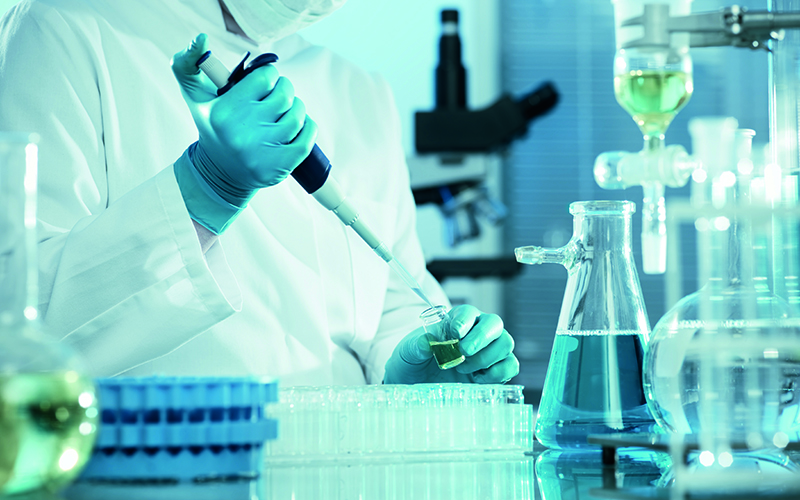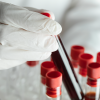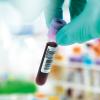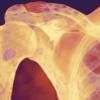Working in a laboratory often involves implementing a new method to improve the service, writes Specialist Biochemistry Team Manager Madihah Abbas.

ISO 15189 standards require a comprehensive analytical validation to be carried out for all new methods introduced into the clinical laboratory repertoire. Description of acceptable performance criteria is essential before method development and validation, in order to minimise analyst/reviewer bias. In this article I will discuss the commonly cited acceptance criteria required for validation, based on my MSc project of introducing a new method for liquid chromatography-high-resolution accurate mass/mass spectrometry (LC-HRAM/MS).
Background
Congenital adrenal hyperplasia (CAH) is a childhood adrenal disorder with an estimated annual incidence worldwide of 1 in 10,000 to 20,000 live births. Affected children have symptoms of salt-wasting, more commonly in males, and females usually present with ambiguous genitalia.
Routine practice uses serum samples for diagnosis, with blood spot samples for treatment monitoring. The advantages of using blood spot samples for 17-OHP is that they are stable for weeks and sampling can be performed at home from a finger prick.
The results obtained are used to adjust the dosage of hydrocortisone, which is the main treatment for CAH. The goal of therapy is to replace missing glucocorticoids, which will suppress ACTH production and normalise adrenal androgens.
Immunoassay (IA) has been the most frequently used technique for 17-OHP measurement. However, IA has issues with cross-reactivity with other steroids, and non-specific binding causing higher values, whereas mass spectrometry is a more sensitive detection method used to detect the separated compounds as they are eluted from the column.
Please click here to read the full article.
Image credit | Shutterstock




